Brachial plexus surgery restores nerve function after injury, improving arm strength, mobility, and sensation. Expert care ensures better recovery and long-term quality of life.
Recovery Time
10 days
Success Rate
90%
Hospital Stay
5 Days
Treatment Type
Surgical
Home Treatments Orthopedics Brachial Plexus Surgery
Welcome to our post on Brachial plexus surgery cost in India, where you will witness that the healthcare industry has made tremendous growth over the years with the latest advancements in medical technology and specialized treatment approaches.
If you are looking for affordability without compromising on quality care, clear all your doubts by reading this article and come to India for your surgery.
It consists of five nerves that branch off your spinal cord at your neck and conduct signals from your spinal cord to your shoulder, arm, and hand, yet you have the Brachial plexus on each side of your body. However, Brachial means relating to the arm or a structure resembling the arm. Thus, it's a bundle of nerves that run from your spinal cord down into your arm.
The plexus connects these five nerves with the nerves that aim to provide sensation to your skin and allow movement in the muscles of your arm and hand.

The cost of Brachial plexus surgery depends on different factors, so let’s take a look at these factors:
• Hospital Infrastructure and Facilities
The choice of hospital plays an important role in determining the cost of the surgery because hospitals with advanced infrastructure, advanced medical facilities, and well-equipped operation theatres aim to have a higher cost compared to smaller medical centers.
• Surgeon’s Expertise and Experience
The choice of surgeon and their experience affect the overall cost of the treatment because surgeons with a proven record of successful surgeries may charge higher fees as compared to less experienced surgeons.
• Diagnostic Tests
Before surgery, you may undergo several tests that help the surgeon understand your condition; however, the quality of the tests may affect the overall cost of the treatment.
• Complexity of the Surgery
The complexity of the procedure can also affect the cost of the surgery because in cases where nerve grafting, nerve transfers or muscle transfers are needed, the procedure might be more time-consuming and lead to higher cost.
• Anaesthesia and Medication
The cost of anaesthesia and medications used during and after surgery is an important component of the overall cost; however, the charges depend on the type and duration of anaesthesia required, while the cost of medication depends on the specific drugs used.
The cost of Brachial plexus surgery in India is affordable as compared to other Western countries, which includes surgery cost, diagnostic tests, rehabilitation, etc.
Cost Component | Details | Cost in USD |
Pre-operative Consultation & Diagnosis | Consultations, X-rays, MRI scans, and blood tests. | 400 USD |
Surgery Costs | This includes the type of surgery, surgeon fees, and hospital stay. | 6800 USD |
Rehabilitation and Follow-up | Physiotherapy sessions, medications, supportive devices, and follow-up visits. | Variable by Procedure |
Country | Cost Structure |
India | 6800 USD |
United States | 30,000 to 75,000 USD |
Germany | 38,000 USD |
Turkey | 5,000 to $25,000 USD |
Key Takeaways
• Affordable Treatment Cost
The cost of Brachial plexus surgery in India is affordable for patients worldwide, and patients can save half of their amount from the surgical expenses without compromising on the quality of care.
• Advanced Medical Technologies
Indian hospitals are equipped with the latest advancements and equipment, which ensure precise treatment and provide faster recovery.
Here are some major factors why India has gained recognition worldwide due to the several advantages for patients, including:
Indian hospitals have highly skilled and experienced surgeons specializing in Brachial plexus surgeries. Additionally, these surgeons are trained internationally in renowned institutions and have experience treating complex surgeries.
Hospitals in India are equipped with advanced infrastructure and innovative technologies, from advanced imaging techniques to modern surgical instruments.
One of the major reasons why patients choose India is the affordability, which means the cost of Brachial plexus surgery in India is less compared to other Western countries, making it an attractive option for patients seeking high-quality care at an affordable cost.
Minimum Cost | Maximum Cost | Hospital Stay | India Stay |
5800 USD | 6800 USD | 5 days | 15 days |
The history of Brachial Plexus surgery starts early in the 20th century when surgeons began to explore techniques to repair these nerves; however, over the years, the latest advancements in microsurgical techniques, imaging technologies have improved the surgical procedures and their outcomes.
These are five nerves, and each functions differently, yet they work together to complete movement and sensations in your arms and hands:
It’s a network of intertwined nerves that control movement and sensation in your arm and hand. Additionally, it involves sudden damage to these nerves, which might cause pain, weakness, loss of feeling or less movement in your shoulder, arm or hand.
However, mild plexus injury might heal without treatment, but in case of severity, it may require surgery to regain function in your arm or hand.
Moreover, babies can also experience Brachial plexus injury while in the uterus or during delivery, which is called neonatal Brachial plexus palsy (NBPP).
Here is the list of conditions when your doctor recommends you undergo surgery:

Here are the types of Brachial plexus injuries:
Damage to the Brachial plexus occurs when your shoulder is pulled down with force and, at the same time, your neck is stretched away from the shoulder. However, these injuries can happen in different ways, including:
While cervical Radiculopathy and Brachial plexus injury have the same symptoms, they have different conditions, which include:
Cervical radiculopathy is also known as pinched nerve, which is a condition that results in neurological dysfunction caused by compression and inflammation of any of the nerve roots of your cervical spine. However, neurological dysfunction can include radiating pain, weakness or numbness in muscles.
Brachial plexus injury are the most common which is caused by tearing or overstretching the nerves in the plexus. However, it often involves multiple nerve roots, and there is usually an absence of neck symptoms such as neck spasms and pain.
Well, anyone at any age can get a Brachial plexus injury, such as babies during delivery, yet these injuries are the most common in males aged 15 to 25.
Before surgery, you may undergo several examinations, which will help the doctor to understand your condition, including:
Brachial plexus injuries are typically caused by traumatic, forceful events, and there are other injuries as well, which include:
However, there are two main types of treatment for Brachial plexus injuries: nonsurgical and surgical.
• Nonsurgical Method
Many injuries can heal without surgery over weeks to months when they’re mild. However, nerve injuries that heal on their own tend to have better outcomes in terms of muscle and nerve function.
Furthermore, your healthcare provider may recommend physical therapy as your injury heals to prevent joint and muscle stiffness, and you will be recommended to rest your arm and shoulder enough and avoid strenuous activities.
• Surgical Method
Your healthcare provider typically recommends surgical methods for Brachial plexus injuries when the nerves don’t heal on their own or recover enough to restore the function of your hand and arm.
However, it's important to understand that the surgery depends on the severity of the injury.
• Types of surgical procedures include:
In this surgical approach, the surgeon immediately attaches the two torn edges of a severed nerve when dealing with sharp lacerations, such as those from a knife wound.
In this approach, the surgeon takes a healthy nerve from another part of your body and stitches it between the two ends of a lacerated nerve.
Surgeons often perform this procedure when there are any functioning nerve stumps left in your neck, so the surgeon cuts and reconnects a healthy donor nerve to the injured nerve to provide a signal to a paralysed muscle.
The goal of the surgery is to provide relief from pain and restore sensation and mobility of your shoulder, arm and hand. However, surgical approaches consider the type, location and extent of nerve injury as well as overall health and the impact of injury on your ability to work and quality of life.
Here is the list of procedures that your surgeon might recommend:
• Brachial Plexus Nerve Repair
If a nerve is cut or torn, a surgeon can reconnect it by sewing the ends together. This procedure uses a microscope and special tools.
• Brachial Plexus Decompression and Neurolysis
This method helps relieve pressure on a compressed but intact nerve. It also addresses related symptoms and loss of function.
•Nerve Grafting Surgery for Brachial Plexus Injuries
This approach, also called nerve graft, helps to create a bridge that replaces the injured portion of the nerve and provides pathways for nerve regeneration.
• Brachial Plexus Nerve Transfer Surgery
In this method, a nearby healthy nerve that is not essential for body function is connected to the damaged nerve. This connection aids in forming a structure for new nerve growth and allows signals to travel along the pathway.
• Tendon Transfer Surgery for Brachial Plexus Injuries
In this process, a functioning and expandable tendon is attached to a paralysed tendon that is paralysed as a result of the Brachial plexus injury. After surgery, the functioning tendon will pull on the previously paralyzed tendon to restore its lost movement in the upper extremity.
Recovery after surgery involves healing of the tissues that were operated on and recovery of lost function. However, while healing of the tissues is relatively quick, functional recovery might take time.
After surgery, you will be recommended to use a sling or splint to keep the affected arm in the appropriate position for healing:
Additionally, physical therapy is important that help you recover after the Brachial plexus surgery, however, the type of therapy, timing, and duration depend on the type of surgery.
Well, mild to moderate injuries can be managed with physical therapy and other non-surgical procedures; however, severe Brachial plexus injuries will not heal themselves, so they require surgery to heal, and if the surgery is planned, then it will be done within 6 months of injury.

While many mild injuries heal with minimal problems, however, some issues lead to short-term or long-term complications, including:
Complications | Description |
Stiff joints | Paralysis can lead to hand or arm stiffness, which makes movement difficult. |
Chronic pain | Nerve damage might result in ongoing pain that may be persistent. |
Numbness | Lack of sensation in the hand or arm can result in burns or injuries. |
Muscle atrophy | Prolonged disuse of muscles can cause them to weaken or break down, while nerves heal slowly. |
After surgery patient need to stay in the hospital for 5 days where healthcare providers check their condition and provide immediate help. However, the recovery take 10 days.
The success rate of brachial plexus surgery in India is 90 per cent, which is now high due to advanced technologies and surgeons who are dedicated to providing care for patients.
Beds: 539
New Delhi
Beds: 230
New Delhi
Beds: 710
New Delhi
Beds: 650
New Delhi
Beds: 191
New Delhi
Beds: 310
New Delhi
Beds: 330
Gurugram
Beds: 380
New Delhi
Beds: 402
New Delhi
Beds: 1300+
Gurugram
Beds: 1000
New Delhi
Beds: 450
Faridabad
Beds: 675
New Delhi
Beds: 500
New Delhi
Beds: 400+
Faridabad
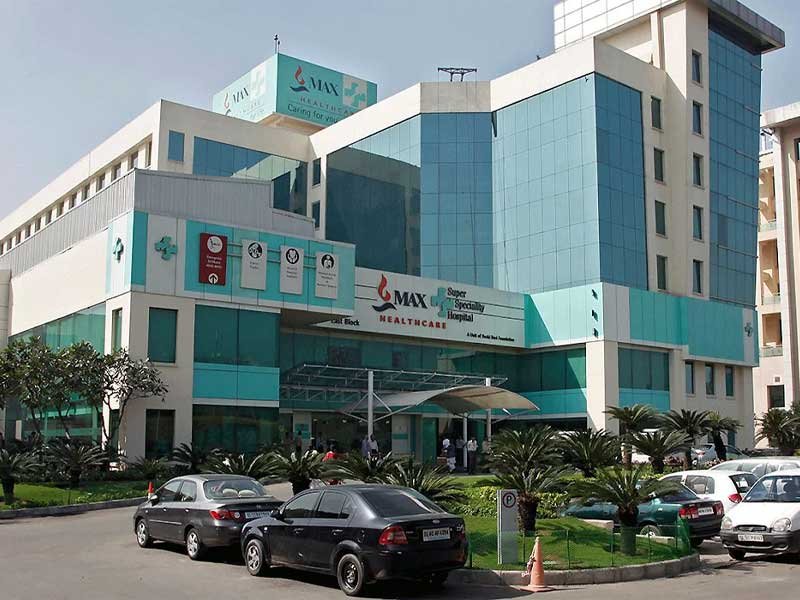
Max Super Speciality Hospital, Saket
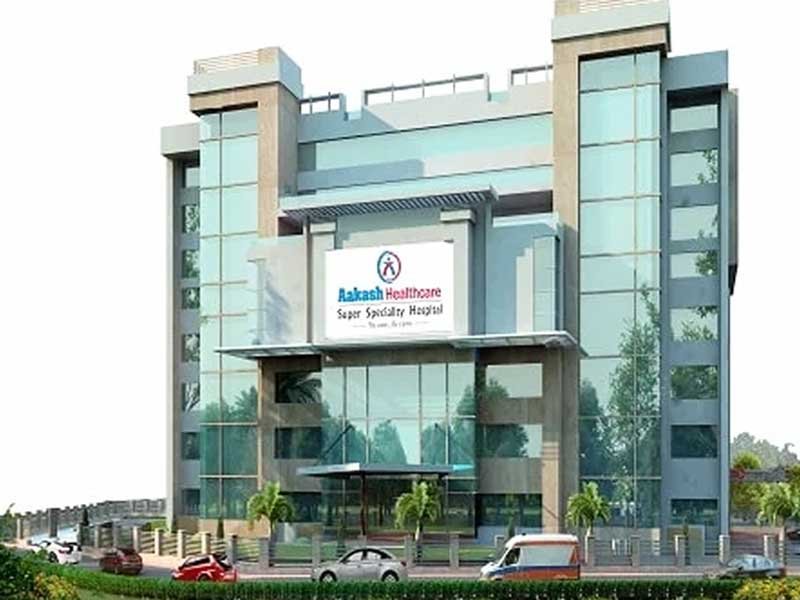
Aakash Healthcare Super Speciality Hospital

Indraprastha Apollo Hospital
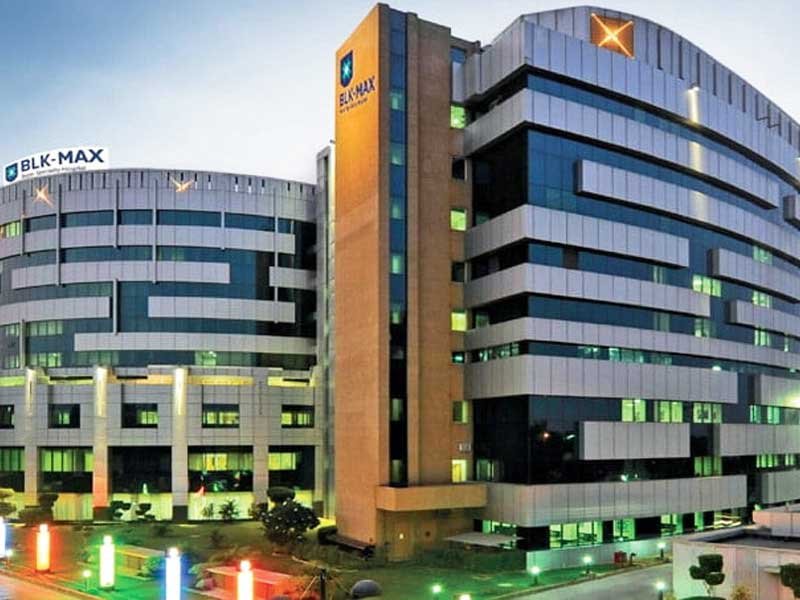
BLK Max Super Speciality Hospital
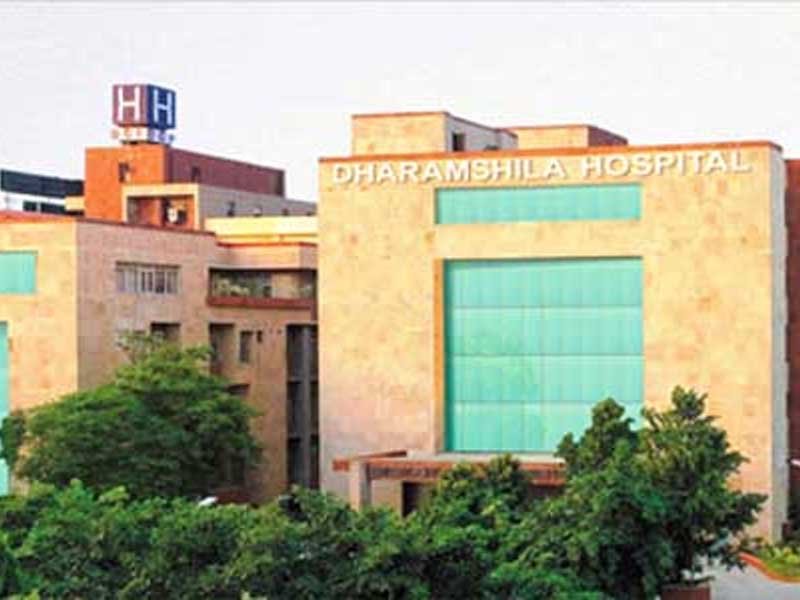
Dharamshila Narayana Superspeciality Hospital
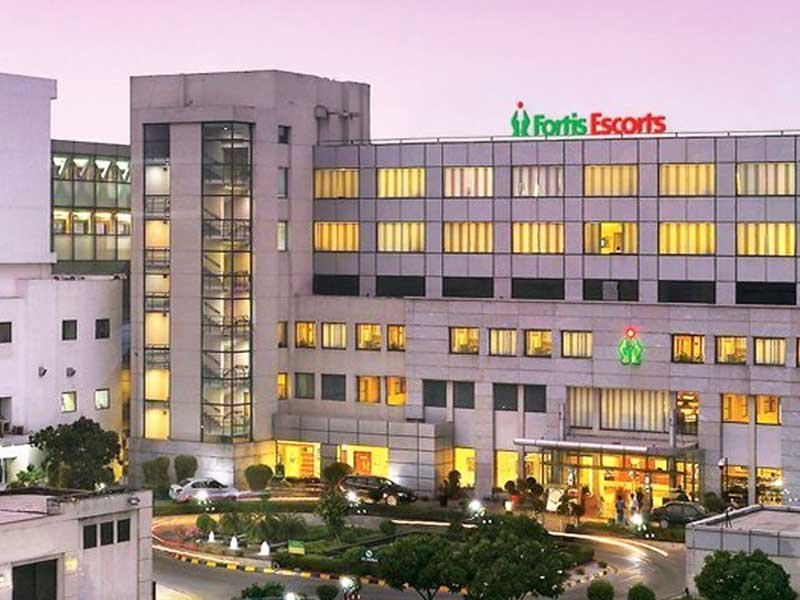
Fortis Escorts Heart Institute
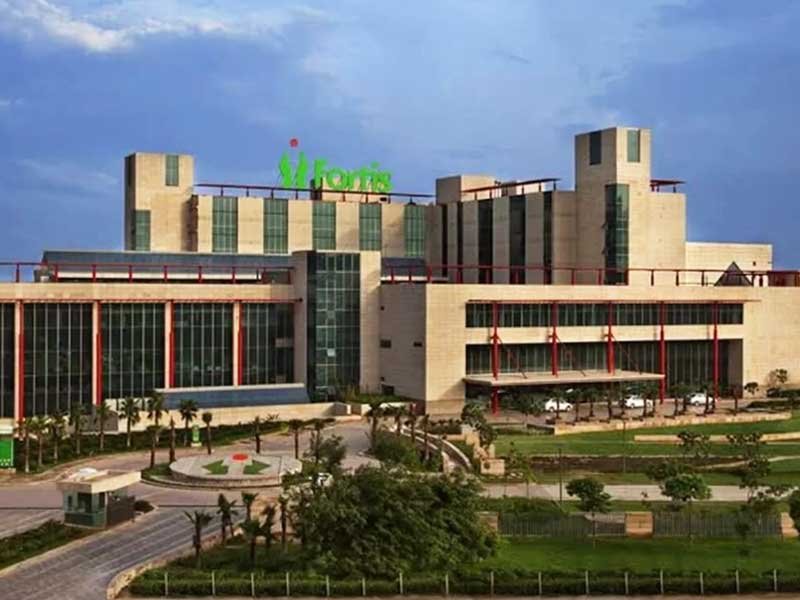
Fortis Memorial Research Institute

Manipal Hospital Dwarka
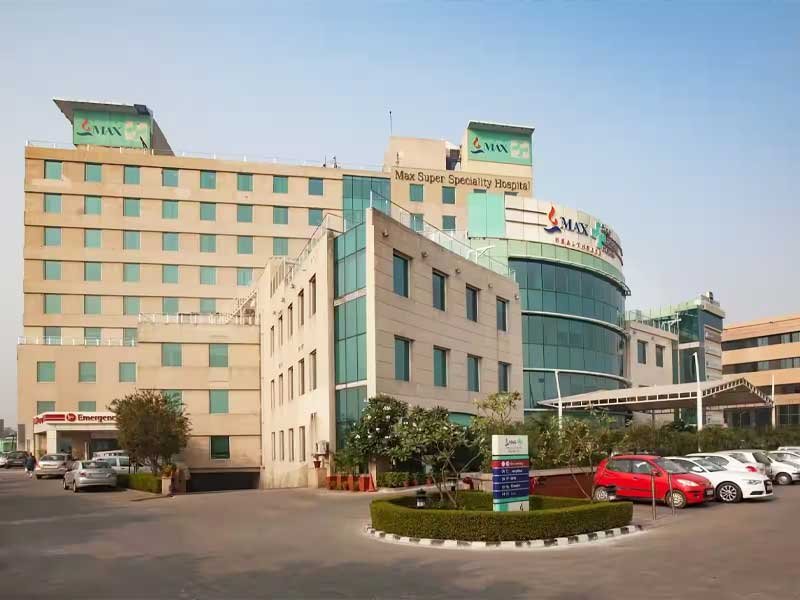
Max Super Speciality Hospital Shalimar Bagh

Medanta - The Medicity Hospital

Moolchand Kharaiti Ram Hospital

Sarvodaya Hospital
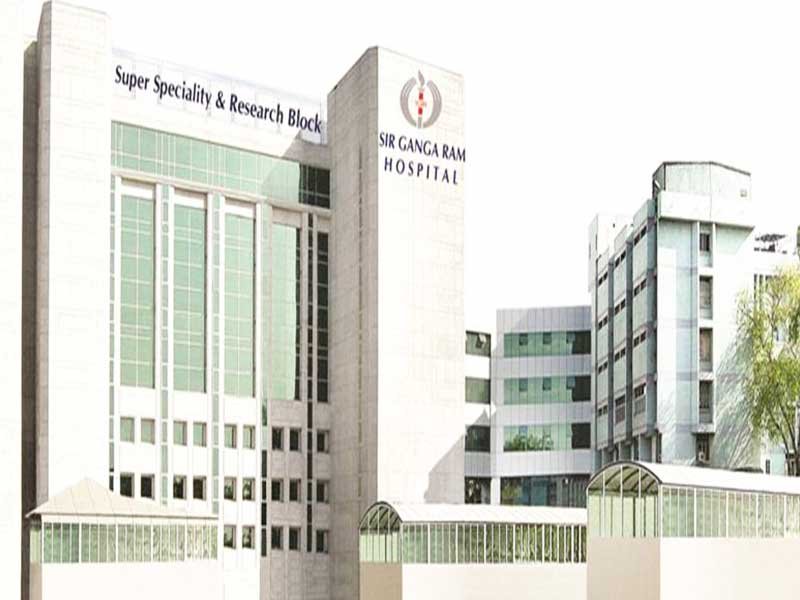
Sir Ganga Ram Hospital
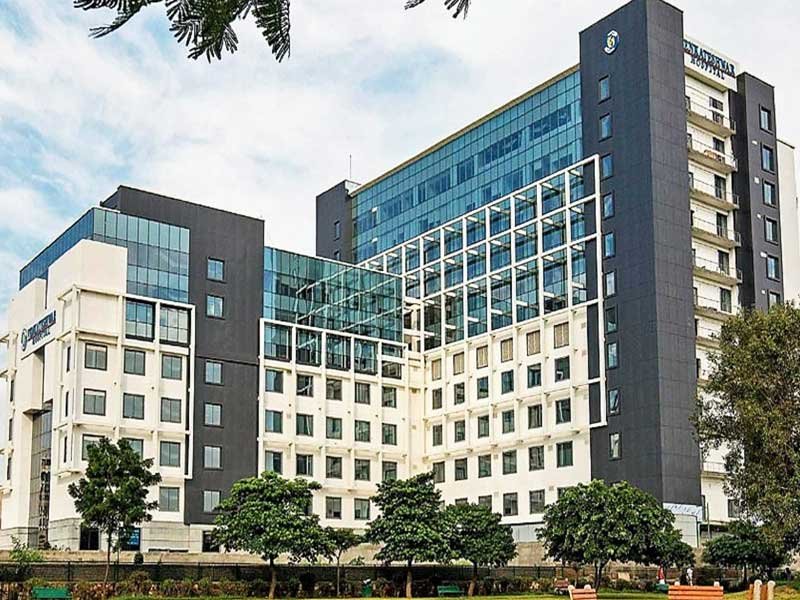
Venkateshwar Hospital
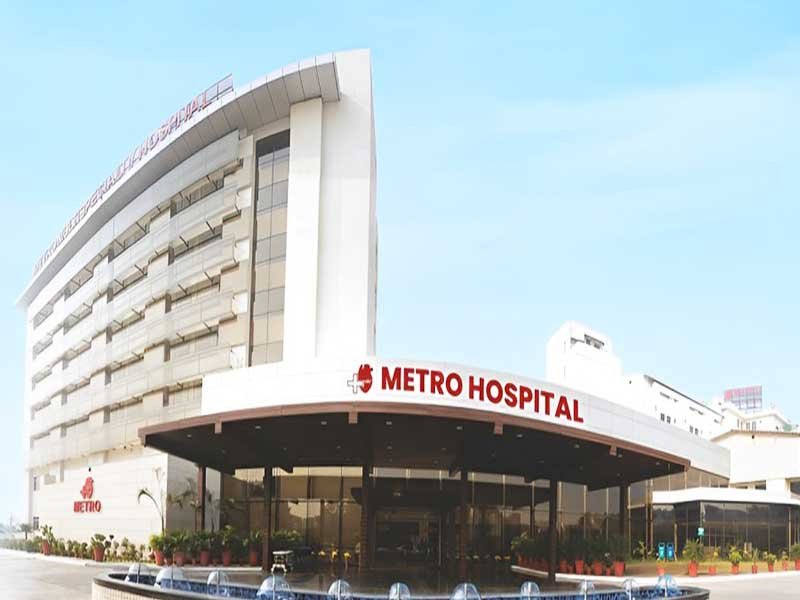
Metro Heart Institute with Multispecialty
• Experienced Neurosurgeons
We are connected with some of the best and renowned neurosurgeons who have over 20 years of experience in treating problems like Brachial plexus injuries.
India has some of the best urologists who are highly skilled and experienced, with over 20+ years in treating patients with bladder cancer or tumors.
• JCI/NABH Accredited Hospitals
We have partnered with India's leading hospitals that utilise the latest technologies, including robotics, machine learning, and advanced diagnostic and therapeutic tools, to provide complete and personalised care for patients.
• Additional Benefits
We provide prompt responses and precise cost estimates. Our services include assistance with medical visas and accommodation in India. Additionally, we make it easier for you to schedule appointments with doctors.
To ensure a smooth experience during your treatment journey, we simplify your arrival in India by arranging airport pickups, hotel transfers, and support throughout your hospital stay.
Brachial plexus surgery is a specialised procedure that aims to repair or reconstruct the Brachial plexus, a network of nerves in the neck and shoulder that controls arm and hand function. The injury can happen at any age, but it's most common in males. If you’re experiencing Brachial plexus injuries, then you should see a neurosurgeon, and they will decide whether the surgery is necessary or not.
Disclaimer
The information available in this article is for general purposes, and the information given does not intend to provide an accurate cost estimate or other information. If you want to have a professional opinion about an exact cost estimate, then we can connect you with the best healthcare provider. Connect Mejocare now.

Medically Reviewed By
QualificationsMBBS, DTMU University, Georgia.Radiation Oncology Resident at Burdwan Medical College and HospitalDr. Aryan Malhotra is a skilled and caring doctor. He is a Radiation Oncology Resident at Burdwan Medical College and Hospital. He treats people with cancer and works closely with patients during their treatment.He completed his MBBS from David Tvildiani Medical University in Georgia. He has passed the USMLE... Read More
Registration Number: 95565
Qualification: MBBS, MD from DTMU University, Georgia, Radiation Oncology Resident at Burdwan Medical College and Hospital
The cost of brachial plexus surgery in India is approximately 6800 USD.
The success rate of brachial plexus surgery is 90% in India, which is high due to the latest advancements and the best doctors who have made the surgery successful.
After surgery, a patient needs to stay in the hospital for 5 days, in which vital signs and other factors will be monitored.
The recovery time of brachial plexus surgery is 10 days or it might take more, depending on the severity.
No, not all brachial plexus surgeries require surgery. However, mild injuries can often heal on their own with the help of physical therapy and medication.
Yes, the cure of brachial plexus injury depends on its severity and how quickly treatment begins. However, mild injuries can heal on their own, while severe injuries require surgery.
The long-term side effects may include pain, numbness, muscle weakness or paralysis, and permanent disability in the affected arm or hand.
Well, it’s recommended to rest your arms and legs without tension or compression on the mattress.
Our care team can help you.
